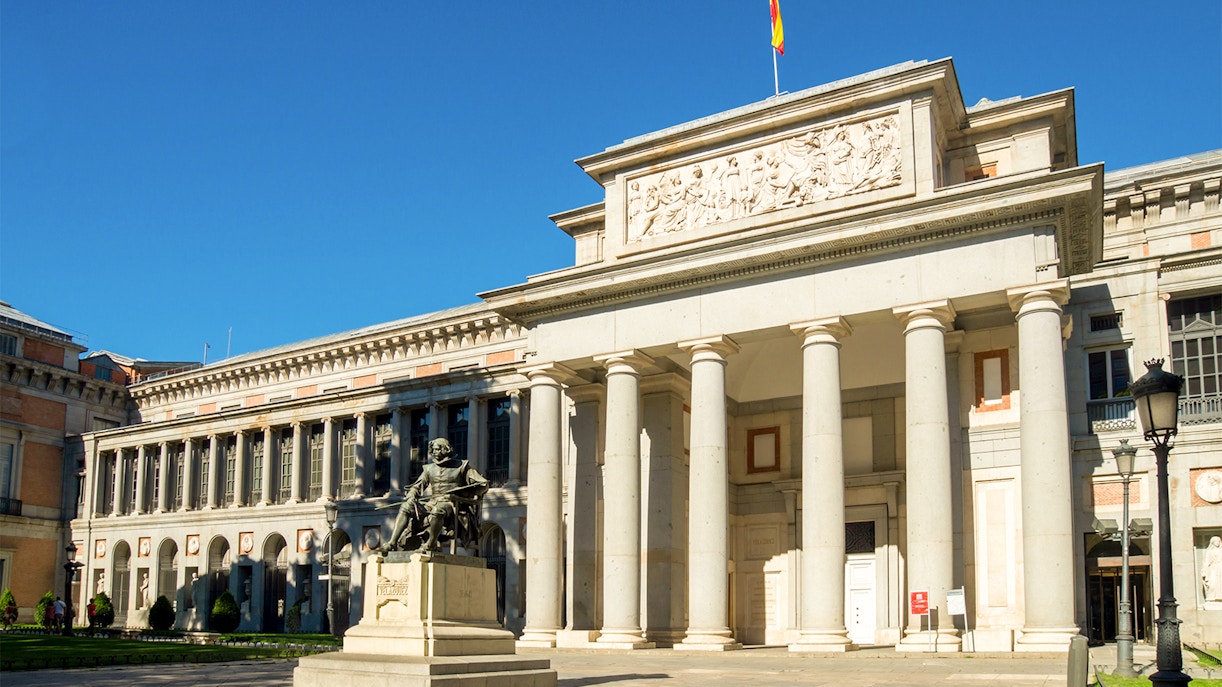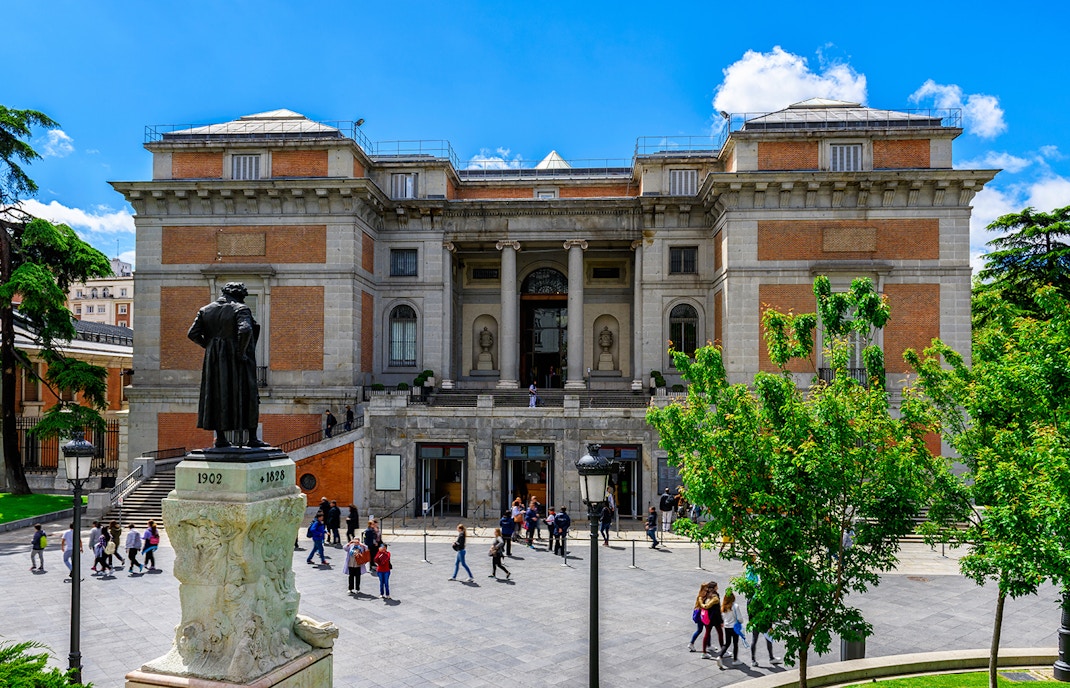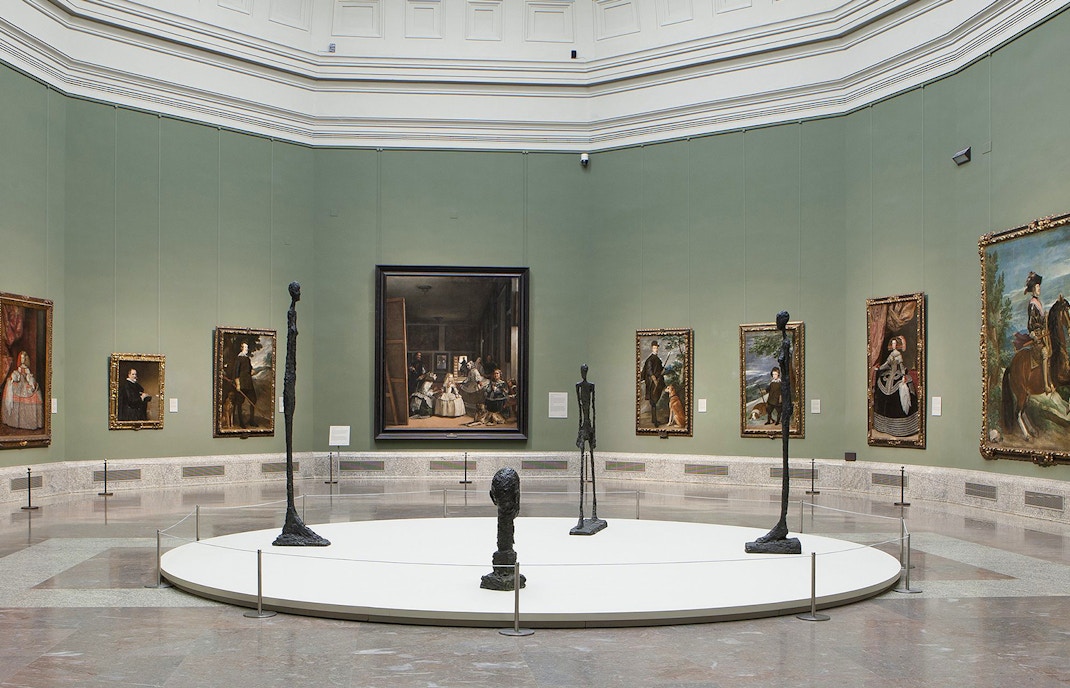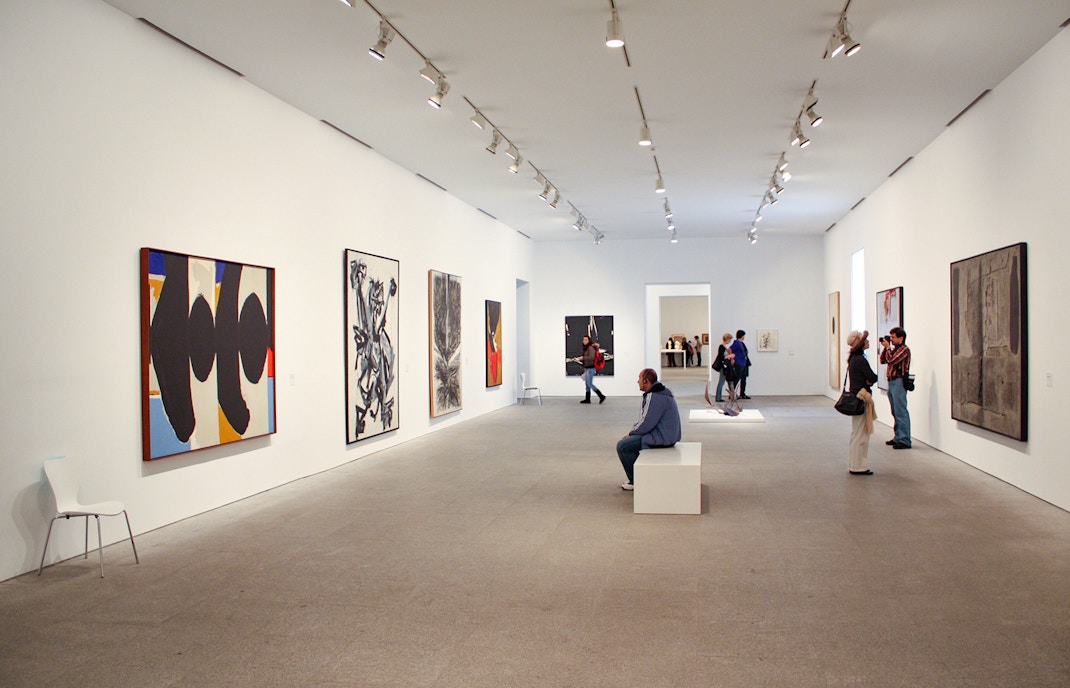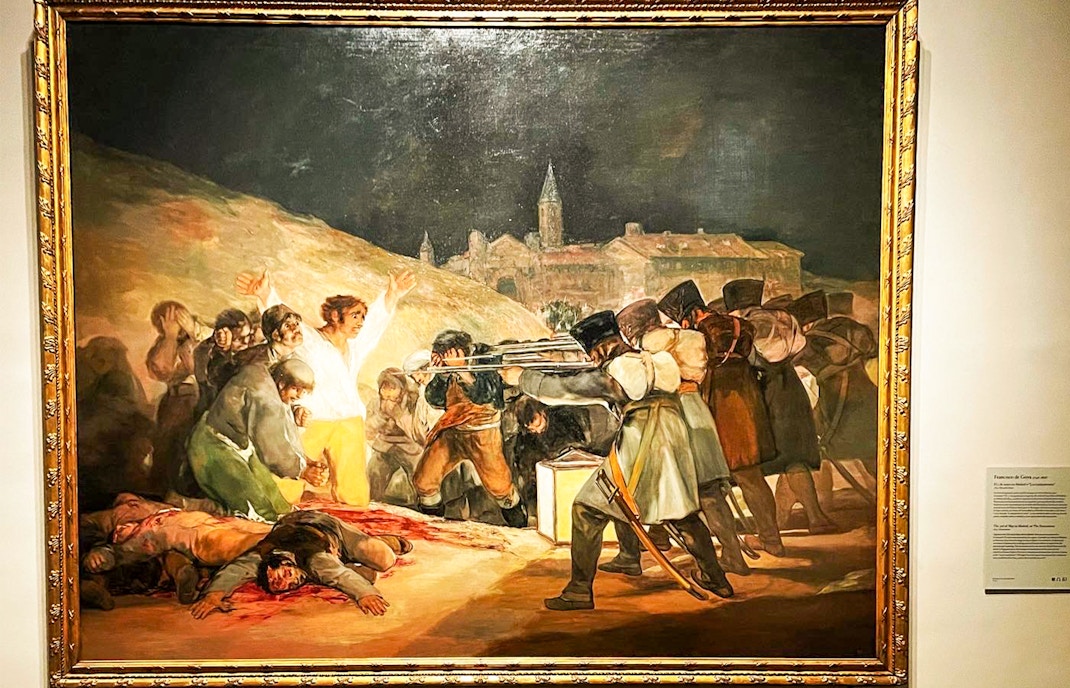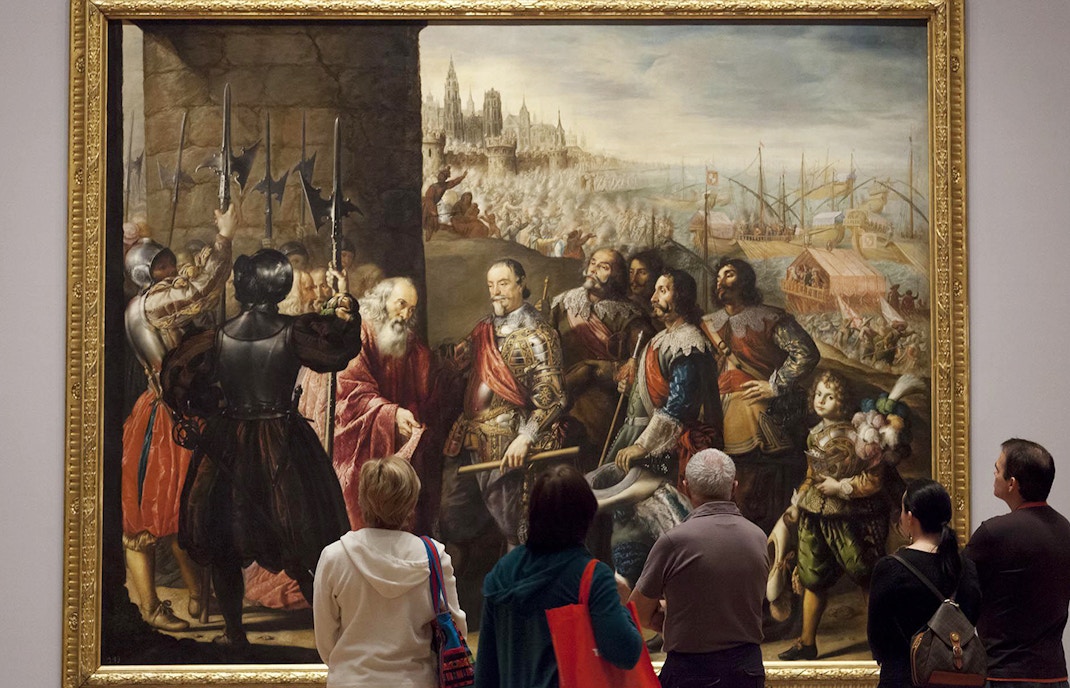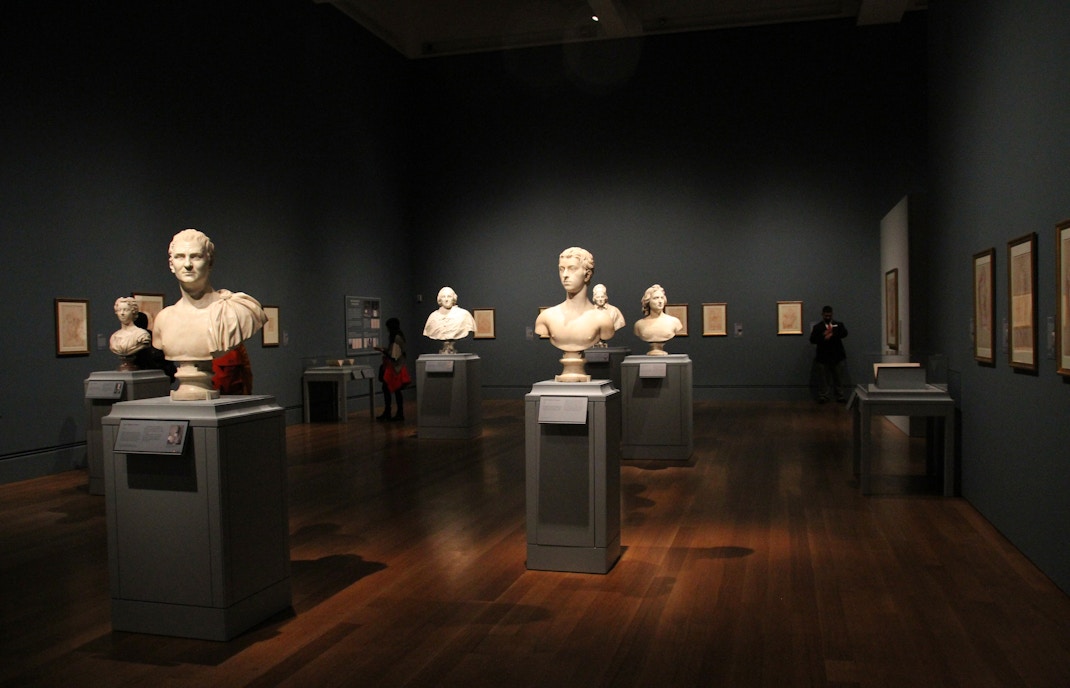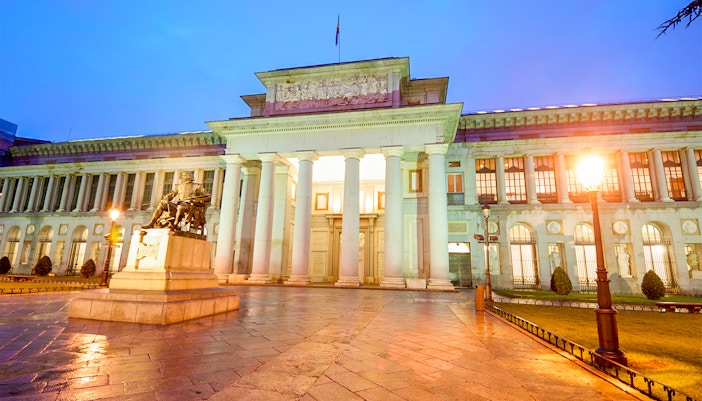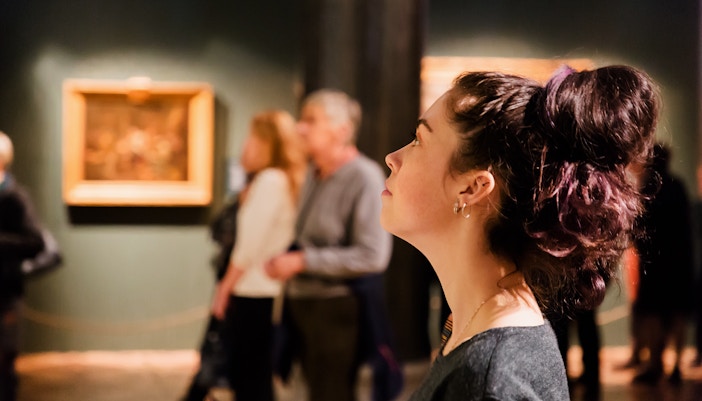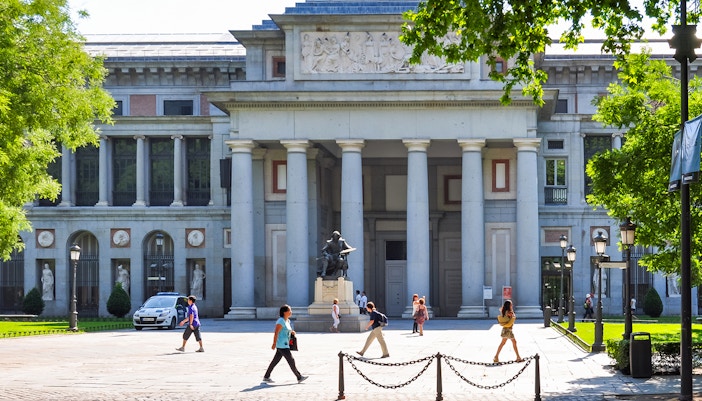The Prado Museum is often described as a museum of painters and not of paintings. The focus of the collection was directed towards renowned painters rather than simply acquiring famous paintings. For instance, the Prado collection has over 140 pieces by Goya. This resulted in an exclusive list of works by masters such as Hieronymus Bosch, Titian, El Greco, Peter Paul Rubens, Diego Velázquez and Francisco Goya.
Prado Museum currently holds 7600 paintings. Some of the fascinating works on display include The Garden of Earthly Delights by Bosch, Portrait of a Cardinal by Raphael, and The Three Graces by Rubens.

